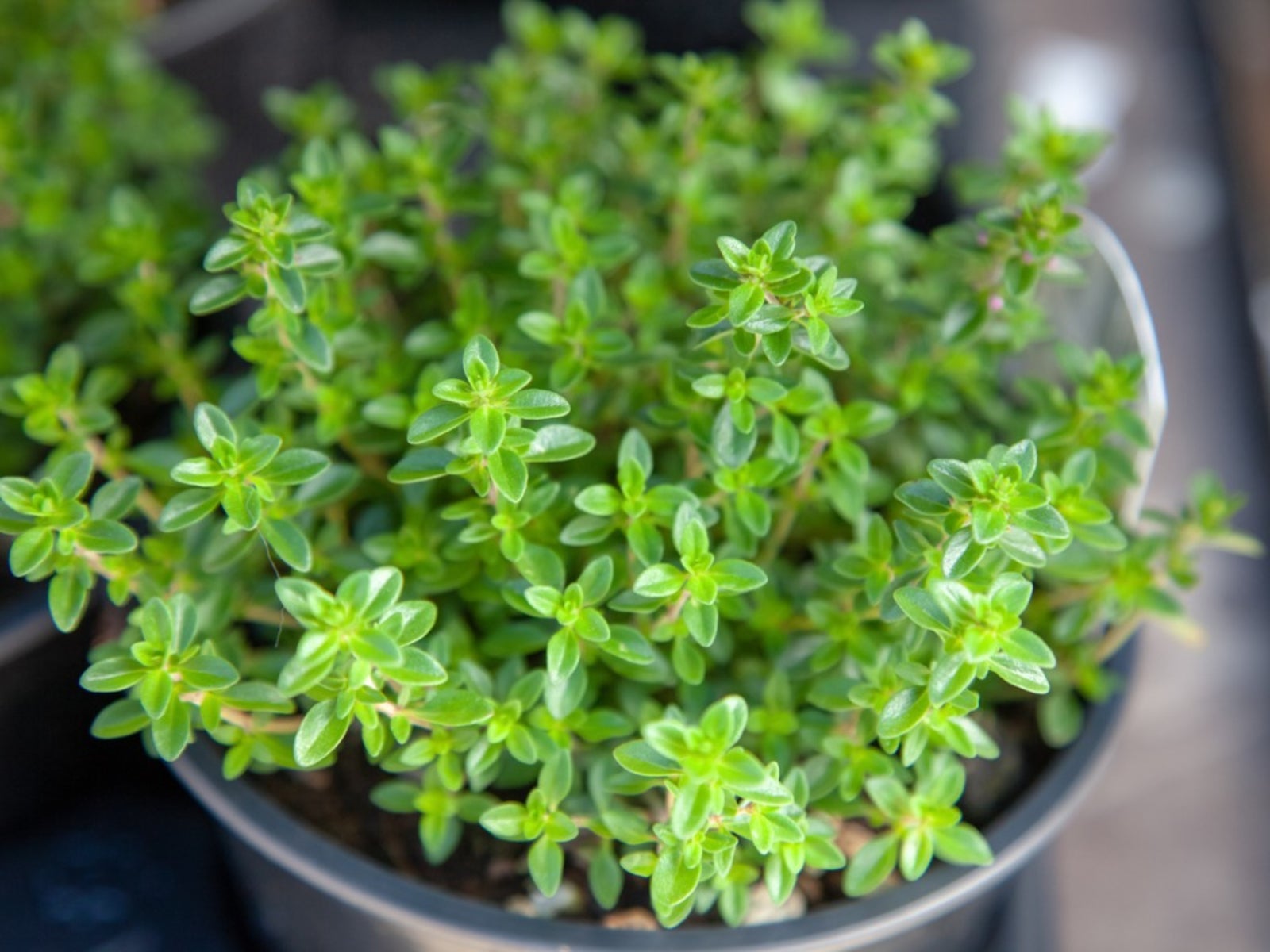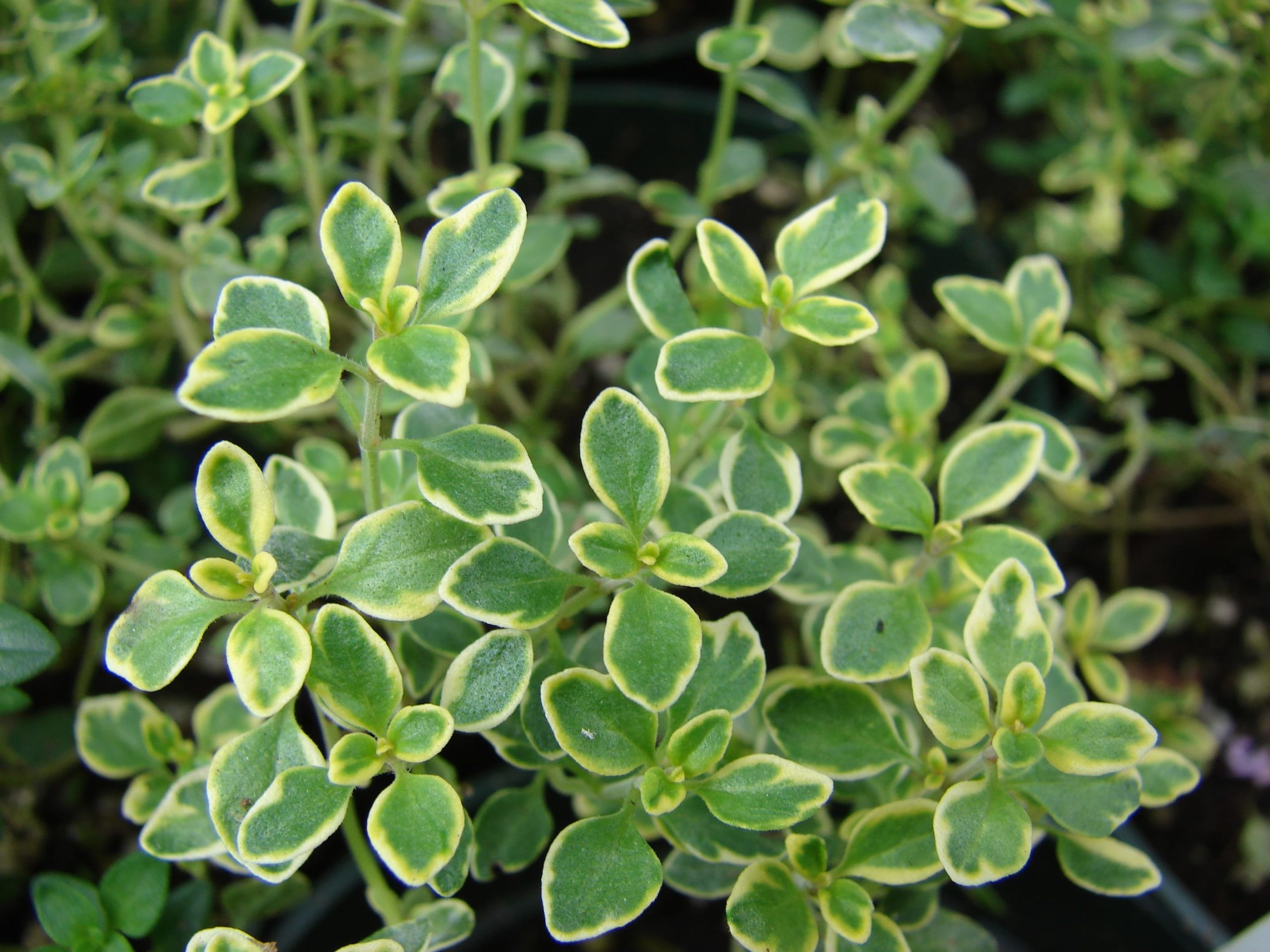Are you looking for a comprehensive guide to growing and using the flavorful herb Greek thyme? Well, your search ends here. This article provides all the information you need to successfully cultivate and utilize this aromatic plant, elevating your culinary and gardening experiences!
Editor's Note: Published today, "The Perfect Guide to Growing and Using Greek Thyme" is a thorough resource for gardeners and home cooks seeking to harness the versatility of this herb. With its practical tips and insights, this guide will empower you to make informed decisions about growing, harvesting, and using Greek thyme.
Through extensive research and analysis, we've compiled this comprehensive guide to empower you with the knowledge you need to cultivate and incorporate Greek thyme into your life. Prepare to embark on a journey that will enhance your gardening skills and culinary creations!
Key Differences | Key Takeaways:
| Growing | Using | |
|---|---|---|
| Climate and Soil: | Prefers well-drained soil and full sun | Flavorful addition to Mediterranean dishes |
| Planting and Propagation: | Can be grown from seeds or cuttings | Versatile in marinades, rubs, and teas |
| Harvesting: | Harvest leaves and flowers as needed | Health benefits include antibacterial and antioxidant properties |
Main Article Topics:
FAQ
This comprehensive FAQ section addresses commonly asked questions about Greek thyme, providing valuable insights and guidance for successful cultivation and use.
Question 1: What are the ideal growing conditions for Greek thyme?
Greek thyme thrives in well-drained soil with a pH between 6.0 and 8.0. It requires full sun exposure for optimal growth and should be planted in a location that receives at least six hours of sunlight daily. The plant is drought-tolerant but benefits from regular irrigation, especially during hot and dry weather.
Question 2: How often should Greek thyme be pruned?
Regular pruning is essential to maintain the health and shape of Greek thyme. Pruning should be done in the spring or fall when the plant is not actively flowering. Cut back stems by about one-third to encourage new growth and prevent the plant from becoming leggy or woody.
Question 3: What are the common uses of Greek thyme?
Greek thyme is widely used in culinary applications. Its distinctive flavor and aroma enhance soups, stews, sauces, and marinades. It is also a popular herb for seasoning poultry, meat, and fish dishes. Additionally, Greek thyme has medicinal properties and is used in herbal teas, tinctures, and essential oils.
Question 4: Can Greek thyme be grown indoors?
Yes, Greek thyme can be grown indoors in containers. However, it requires a bright, sunny location and well-draining soil. Indoor-grown thyme may need supplemental lighting during the winter months to ensure it receives adequate sunlight.
Question 5: How can I store fresh Greek thyme?
Fresh Greek thyme can be stored in the refrigerator for up to two weeks. Wrap the thyme loosely in a damp paper towel and place it in an airtight container. Alternatively, you can freeze fresh thyme by chopping it and placing it in freezer-safe bags or containers. Frozen thyme can be stored for up to six months.
Question 6: What are some common pests and diseases that affect Greek thyme?
Greek thyme is generally resistant to pests and diseases but can be susceptible to aphids, spider mites, and powdery mildew. To prevent these issues, ensure the plant has proper drainage and air circulation. Regular pruning also helps to maintain plant health and reduce the risk of infection.
By understanding and addressing these common concerns and misconceptions, you can successfully cultivate and utilize Greek thyme for its culinary, medicinal, and ornamental benefits.
Tips
Growing and using Greek thyme can be a rewarding experience. Here are some tips to help you get started:
Tip 1: Choose the right location. Greek thyme prefers well-drained soil in full sun.
Tip 2: Plant at the right time. Greek thyme can be planted in spring or fall.
Tip 3: Water regularly. Greek thyme needs regular watering, but be careful not to overwater.
Tip 4: Fertilize sparingly. Greek thyme does not need a lot of fertilizer.
Tip 5: Prune regularly. Pruning helps to keep Greek thyme healthy and bushy.
Tip 6: Harvest frequently. Greek thyme can be harvested throughout the growing season.
Tip 7: Use fresh or dried. Greek thyme can be used fresh or dried.
By following these tips, you can successfully grow and use Greek thyme in your home garden.
For more detailed information, refer to The Perfect Guide To Growing And Using Greek Thyme.
The Perfect Guide To Growing And Using Greek Thyme
Greek thyme, a culinary and medicinal herb, offers a range of benefits. This guide will explore six key aspects for successful cultivation and utilization of Greek thyme.
- Cultivation: Thrive in well-drained soil, full sun to partial shade.
- Propagation: Easily propagated through cuttings or seeds.
- Harvesting: Collect leaves and flowers when in bloom for optimal flavor.
- Culinary: Fresh or dried leaves add a distinctive earthy flavor to dishes.
- Medicinal: Possesses antibacterial and antifungal properties, aiding in digestion and respiratory ailments.
- Landscaping: Forms a low-growing groundcover, attracting beneficial insects.
Understanding these aspects ensures successful cultivation and diverse applications of Greek thyme. Its versatility extends from culinary creations to natural remedies, making it a valuable addition to gardens and kitchens alike.

Information On Thyme Growing Indoors - Source www.gardeningknowhow.com
The Perfect Guide To Growing And Using Greek Thyme
As a culinary herb with a myriad of health benefits, Greek thyme holds great significance in The Perfect Guide To Growing And Using Greek Thyme. Mastering its cultivation and applications empowers individuals to elevate their cooking, enhance their well-being, and create a harmonious connection with nature.

Thyme – Golden Lemon – Growing North - Source growingnorth.ca
This guide encapsulates the comprehensive knowledge and practical techniques required to successfully cultivate Greek thyme, from selecting the ideal growing conditions to harvesting and preserving its aromatic leaves. By providing detailed instructions, The Perfect Guide To Growing And Using Greek Thyme empowers readers to establish thriving thyme plants in their gardens or indoor spaces, ensuring a bountiful supply of this versatile herb.
Moreover, the guide delves into the culinary and medicinal properties of Greek thyme, offering a wealth of information on its flavor profile, nutritional value, and therapeutic uses. It explores the herb's applications in various cuisines, both as a fresh ingredient and as a dried spice, demonstrating its versatility in enhancing savory and sweet dishes alike.
Additionally, The Perfect Guide To Growing And Using Greek Thyme covers the historical and cultural significance of this herb, providing insights into its traditional uses and its role in folk medicine. By connecting the practical aspects of cultivation with the broader cultural context, the guide offers a holistic understanding of Greek thyme's value.
| Aspect | Key Insights |
|---|---|
| Cultivation | Optimal growing conditions, propagation methods, and harvesting techniques |
| Culinary Applications | Flavor profile, versatility in dishes, and preservation methods |
| Medicinal Properties | Antioxidant and anti-inflammatory effects, uses in traditional medicine |
| Historical and Cultural Significance | Culinary and medicinal uses throughout history, symbolism in folklore |
Conclusion
The Perfect Guide To Growing And Using Greek Thyme empowers individuals to harness the culinary, medicinal, and aromatic delights of this versatile herb. By providing a comprehensive guide to its cultivation, applications, and cultural significance, this resource inspires a deeper appreciation for the wonders of nature and empowers readers to cultivate a thriving connection with this ancient and cherished herb.
As we continue to navigate the complexities of modern life, seeking solace in nature and embracing traditional wisdom can offer a path towards balance and well-being. Greek thyme, with its rich history, therapeutic properties, and culinary versatility, serves as a reminder of the profound connection between nature and our lives.